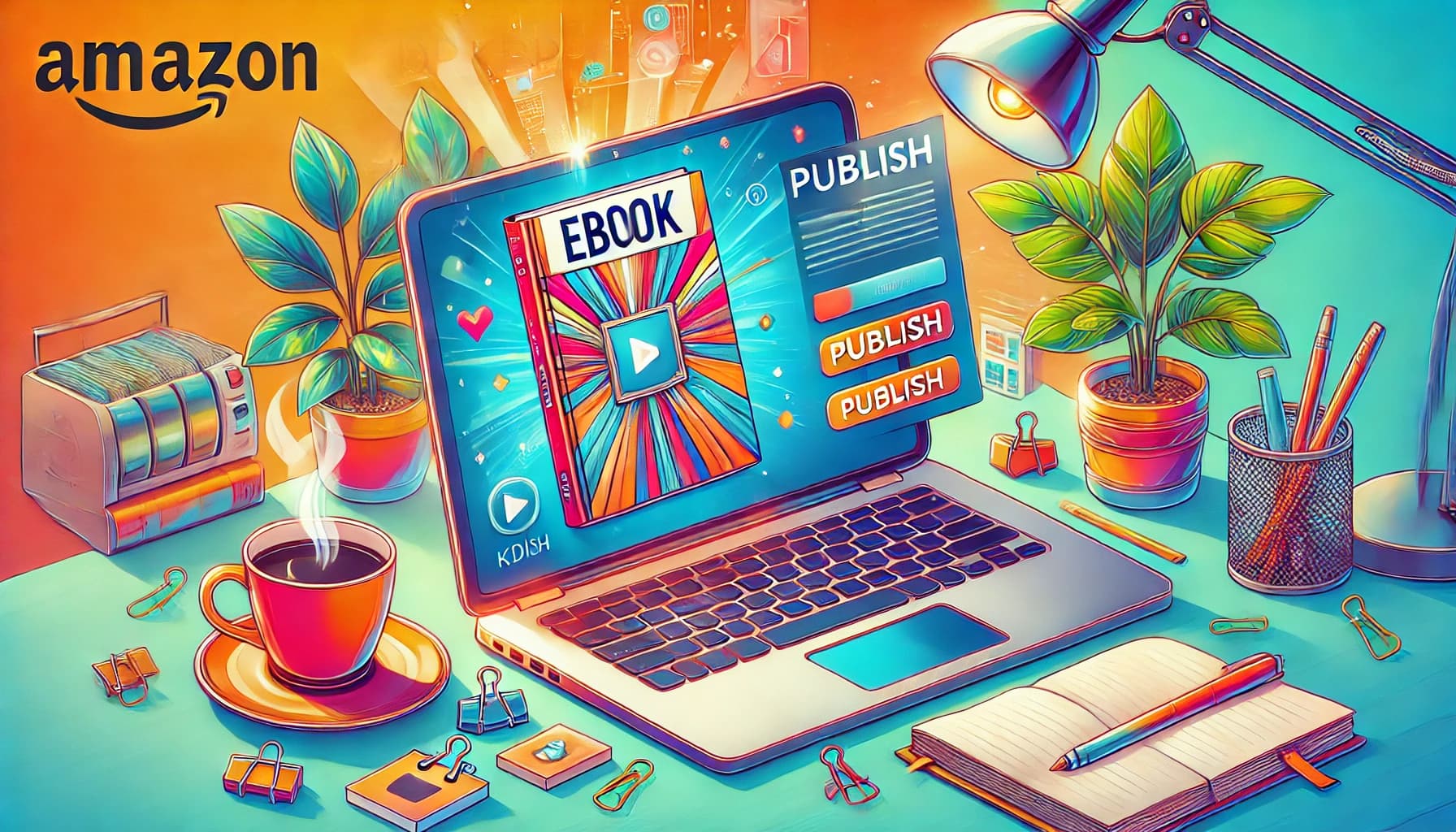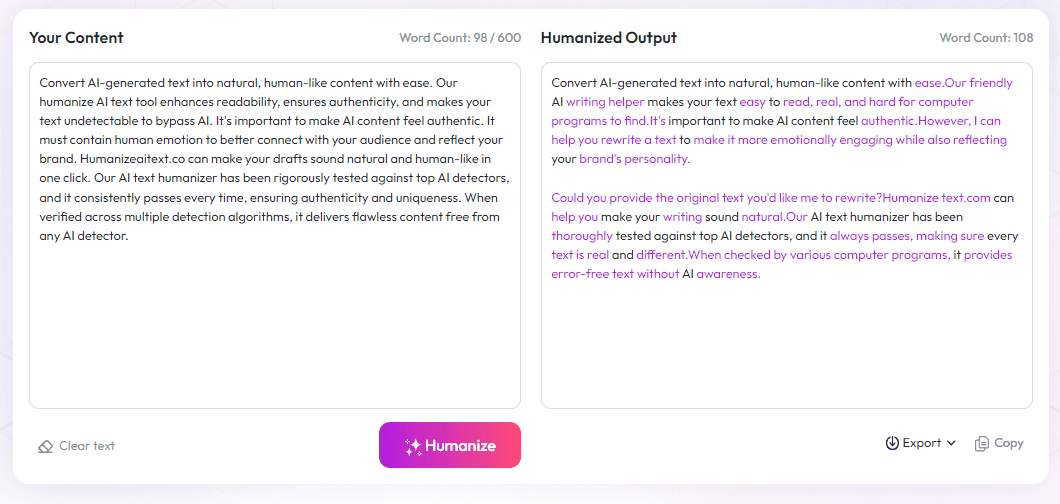Table of Contents
Writing alternate history novels can seem tricky, especially when you're not sure where to start or what steps to follow. It's common to feel stuck trying to craft a believable but imaginative twist on real events. But don’t worry — I promise that with a simple step-by-step approach, you can learn how to write these stories with confidence and flair.
If you keep reading, I’ll show you a clear guide to creating your own alternate history novel, from choosing the key event to weaving in your twists. You’ll get easy tips to make your story engaging and fun to write, even if you’re new to the genre.
In just a few steps, you’ll be ready to craft your own alternate history where anything could happen!
Key Takeaways
Key Takeaways
- Start by choosing one key event that changes history, like a different outcome in a battle or treaty. Build your story around this to keep it simple and believable.
- Research the historical details of the event and what followed. This makes your alternate timeline feel real and layered.
- Create a timeline showing how the initial change impacts other events, people, and societies, keeping everything consistent.
- Use real people, places, or traditions to ground your story. Adjust their roles to fit the new world to make it more engaging.
- Balance facts with your imagination. Use real details as anchors, then add twists that feel possible, not wild.
- Understand your audience—there's growing interest in stories that rework history—so craft your world with vivid details and tight plotting.
- Develop strong characters who react naturally to the changed world, making your story more relatable and alive.
- Keep your story fresh by planning sequels or spin-offs and sharing updates or research with readers to stay connected.
- Decide between self-publishing or traditional publishing based on your goals. Focus on quality presentation and marketing to reach your audience.
- In the end, writing alternate history is about asking “what if” and creating stories that entertain and make readers think. Just pick your moment, do your homework, and start building.

Writing an alternate history novel starts with pinpointing the core change that diverges from real-world events. This pivotal twist carves out your story’s foundation, so pick a single moment in history—like the outcome of a famous battle or the signing of a treaty—and imagine how things could be different. When you focus on just one key alteration, it becomes easier to build a consistent and compelling world around it. For example, what if the Allies lost World War II? Such a change opens many avenues for exploring new political landscapes, cultural shifts, and technological developments.
Once you've identified this turning point, dive into thorough research on the actual historical context. Understanding the details of the event and its ripple effects helps you craft a believable alternate timeline. Look into how societies, economies, and governments responded then—and imagine how those responses might change if the outcome were different. This groundwork ensures your fictional world feels authentic and layered.
Next, sketch out your altered timeline step by step. Map how the initial change impacts subsequent events—who rises to power, which alliances form differently, and how technology or culture evolve. Using a timeline or a simple flowchart can help keep track of these shifts and maintain consistency. For instance, if the Confederacy won the Civil War, how does that influence global politics, race relations, and technological progress in your world?
Balancing your creative ideas with real historical facts gives your story depth. Think of it as anchoring your universe with recognizable points before weaving in the fantastic or speculative elements. Incorporating real historical figures, locations, or traditions used in new contexts can make your alternate history more engaging. For example, imagine a world where the Roman Empire never fell—what languages, laws, and customs persist today? This blend of the familiar and the imaginative keeps readers grounded yet intrigued.
Contemporary data shows that the market for alternate history stories is growing—sales in genres like science fiction and fantasy increased by over 40% in recent years. This points to a reader base eager for worlds that twist reality in inventive ways. If you're thinking about entering this niche, creating a tightly crafted, plausible timeline combined with vivid world-building will help your work stand out, especially on platforms like Amazon, where historical fiction remains popular among dedicated readers. For practical tips, checking out guides on how to write compelling narratives or getting feedback from beta readers can be invaluable in honing your story.
Remember, a successful alternate history novel isn't just about changing events—it's about exploring the human stories that spring from those shifts. Keep your world consistent, root your changes in research, and let your imagination explore the endless possibilities that one different decision in history can create.

Developing a Consistent Alternate History Timeline
Creating a believable alternate timeline means keeping your story logical and coherent from start to finish.
Start by breaking down the major events affected by your chosen turning point and then filling in the gaps with plausible developments.
Use a timeline or a detailed outline to track how each change ripples through history, making sure each step feels natural.
Double-check consistency by asking questions like: Would this result really happen? Would people react the way I imagine?
Reading about actual historical cause-and-effect relationships can help you avoid plot holes and ensure your world feels authentic.
Tools like a simple spreadsheet or timeline software can be useful to visualize these shifts and keep everything aligned as your story grows.
Incorporating Real Figures and Events to Add Depth
Using real historical figures or events can ground your story and make your alternate history more engaging.
Decide whether you want to keep, alter, or replace real characters and how they fit into your new world.
For example, if you imagine a world where Napoleon won at Waterloo, consider how that would change the lives of the leaders and ordinary people involved.
Research their actual personalities, motivations, and influence—then tweak those details to fit your story.
Introducing familiar locations, customs, or traditions in new contexts will create a richer, more layered universe.
This blending of the factual with the fictional makes your narrative easier for readers to immerse themselves in.
Building Your World Through Thoughtful Research
Solid research forms the backbone of any compelling alternate history novel.
Look into the cultural, technological, and political climate of the period you’re rewriting.
Understanding what people believed, how they dressed, and their daily routines helps you craft scenes that feel real.
Explore old newspapers, government documents, and personal diaries to gather authentic details.
Pay attention to lesser-known facts that can add nuance and depth to your universe, like regional differences or societal customs.
The more you know about the real world, the better you’ll be at imagining how minor shifts could cause major changes later on.
Developing Characters That Fit the Changed World
Characters should reflect and react to the new realities of your alternate history.
Create characters whose backgrounds and beliefs are influenced by the altered events.
Ask yourself how the changed timeline affects their upbringing, beliefs, and goals.
Use your knowledge of the era to develop authentic dialects, manners, and customs for your characters.
Let their personal stories show how society is different—perhaps a soldier in a different war, or a scientist thriving in a new political climate.
Strong, relatable characters will drive your narrative and make the altered world feel alive.
Balancing Fact and Fiction in Your Storytelling
While it’s tempting to go wild with creative ideas, maintaining a balance between real facts and fictional elements keeps your story believable.
Identify which parts of your story need to be rooted in actual history and which can embrace speculation.
Avoid the trap of overloading your story with too many "what-ifs"—focus on the most impactful ones.
Use authentic details as anchors to make your strange new world seem familiar, even if it’s wildly different.
Test your narrative by asking: Would a reader familiar with history recognize this as plausible?
Getting this balance right will help your story resonate with both history buffs and general readers.
Understanding the Market for Alternate History Fiction
Knowing where your book fits in the market can help you approach publishing and marketing smarter.
The genre is popular among dedicated readers, especially those interested in immersive worlds and complex plots.
Market figures show that sales of science fiction and fantasy, which include some alternate history titles, grew significantly in recent years.
While alternate history is a niche, it has steady demand, especially on platforms like Amazon, where historical fiction performs well.
Look at bestsellers and top-rated titles for insight into what readers expect—and love—in this genre.
Think about how your story offers something unique that stands out amid existing literature.
Tips for Writing Engaging Alternate History Narratives
Capturing your reader’s attention means crafting compelling plots and memorable characters.
Start with a strong, clear premise—what’s the one key event that changed everything?
Keep the stakes high and the conflicts personal—people’s lives are at the heart of history.
Use vivid, specific details to paint scenes that feel real and immersive.
Introduce surprises that are believable, not just shock for shock’s sake—think about how the change impacts daily life and society.
Lastly, let your curiosity guide you. The more you research and imagine, the richer your story will become.
Marketing and Publishing Your Alternate History Novel
Once your manuscript is ready, think about how to reach the right audience effectively.
Build a compelling book description that highlights what makes your story unique.
Leverage platforms like (https://automateed.com/how-to-publish-a-book-without-an-agent/) and specialized forums to find your readers.
Consider creating a website or blog where you share your research process or backstory—this can increase engagement.
Use social media to connect with communities interested in history and speculative fiction.
Participate in writing contests or submit to anthologies to get your work noticed.
Considering Self-Publishing Versus Traditional Routes
Deciding whether to go the self-publishing route or seek traditional publishing depends on your goals and resources.
Self-publishing offers faster turnaround, more control, and higher royalty rates, especially through platforms like Amazon.
Traditional publishers might provide editing, cover design, and marketing support but require more patience and rejection cycles.
Research publishers that focus on historical and speculative fiction to find good fits for your manuscript.
If you choose to self-publish, invest in quality cover art and editing—these can make or break sales.
Check out guides like (https://automateed.com/how-to-get-a-book-published-without-an-agent/) for tips on DIY publishing.
Keeping Your Story Fresh and Engaging Over Time
A long-lasting alternate history novel stays relevant by adding layers and maintaining momentum.
Plan sequels or spin-offs to expand your universe, exploring different eras or regions within your altered timeline.
Update your research periodically to incorporate new historical insights or trends in reader preferences.
Engage with your audience through newsletters, social media, or blog posts—ask what they’re interested in.
Offer behind-the-scenes looks at your writing process or research discoveries.
This ongoing connection can keep your story alive and attract new readers for years to come.
Wrapping Up: Why Writing an Alternate History Is Worth It
Creating an alternate history novel is a chance to tell stories that challenge perceptions and spark imagination.
It’s about asking “what if” and exploring human resilience, innovation, and change through a different lens.
With the right research, planning, and character development, you can craft a believable world that entertains and educates.
Remember, the market for these stories is growing, and readers appreciate well-crafted worlds that give new twists to familiar history.
So, pick your pivotal moment, do your homework, and start building a story that’s uniquely yours.
FAQs
Select a period that interests you and offers rich possibilities for change. Consider the impact of your alternate history idea and how it fits with your story goals to create an engaging and plausible setting.
Focus on logical changes and their consequences. Research authentic details of the chosen period and weave your alternate events naturally. Consistency and attention to detail help make your world believable and immersive for readers.
Create characters with goals and backgrounds that reflect the altered world. Show how the change influences their lives and choices, making them relatable and integral to the story's development.
Introduce conflicts arising from the altered history and develop ongoing plot twists. Keep the stakes high and ensure your characters face meaningful choices that drive the story forward.



